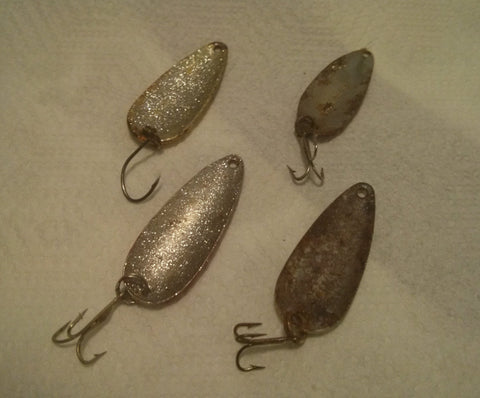History of the Fishing Lure Patent
The earliest fishing lures, dating back to 2000 BC, were fashioned out of animal bones and bronze. Early fishermen would often use hand lines, fishing line held from their hands, before fishing rods were invented. The first hooks were made out of bronze, which was strong but not very visible to fish, and usually attached to a lure or bait.

The ancient Romans were avid fisherman and many people made their own lures out of things like feathers, lead, bronze, and horsehair.
Lures were popular globally and by the 8th century AD, the Nordic people invented the spoon lure (a metal oval with two hooks). These lures were made out of iron, bronze, or copper and created in many different shapes and sizes for different types of fishing.

English tackle shops started selling realistic imitations of bugs out of painted rubber as early as 1800. At the time, most fishing lures were made by individual craftsmen. It wasn’t until the second half of the 19th century that the first production lures were large-scale manufactured in the United States. Scaled manufacturing made lures much more accessible and a popular fishing practice.
Over 100 years later, Raymon McVay of Denison, Texas was granted a patent for a new artificial fishing lure. His design mimicked the motion of fish swimming simply by cutting the body of the lure in a specific way. This is Raymon’s second known patent; in 1948, he was granted a patent for fishing tackle.
Check out the patent






